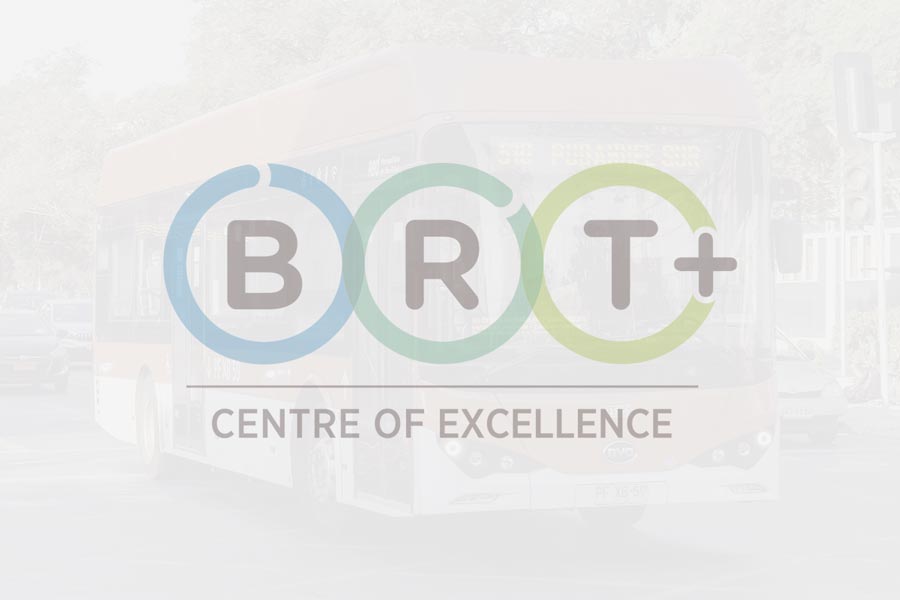Opinion Pieces: since 2007, Prof. David Hensher has written an opinion column in the Australasian Bus and Coach magazine, where he monthly discusses a lot of different transport-related hot topics. In this section we are revisiting these columns.
July 2010
The Henry Review tells us that we must rethink the charging regime for cars and trucks. The two specific recommendation is that “Governments should analyse the potential network-wide benefits and costs of introducing variable congestion pricing on existing tolled roads (or lanes), and consider extending existing technology across heavily congested parts of the road network. Beyond that, new technologies may further enable wider application of road pricing if proven cost-effective. In general, congestion charges should apply to all registered vehicles using congested roads. The use of revenues should be transparent to the community and subject to further institutional reform.”
This must be of interest to the bus sector since the adage ‘to make public transport more attractive we must make the car less attractive’ still holds. Anyone who thinks you can build a solution through an injection of investment in public transport alone is foolhardy since it will do little to ease congestion on our transport networks. You have to manage congestion and not assume you can build your way out of it. What we need is an integrated program of carrots and sticks, linked to network operating plans, HOT/HOV lanes, improved public transport to attract car users, better land use/transport integration, and crucially, pricing reform, as recommended in the Moving People documents produced by BIC and UITP.
I remain fearful that governments of all persuasions in Australia will continue to ignore the crucial role of pricing of car use as a non-blunt instrument (one of the few such transport instruments we have). This issue is squarely in the space of politicians and marketing – the economic and technical issues of efficient charging of car use are more or less solved.
We can be thankful that The Netherlands is doing something about it with a congestion charging scheme that varies the price by location and time of day. We watch and hope it works and we can learn and follow. NXP Semiconductors and IBM have announced the final results of a landmark road pricing trial conducted in the Netherlands, which demonstrated that with the help of technology, drivers can be motivated to change their driving behaviour, reducing traffic congestion and contributing to a greener environment. Key findings of the trial included (i) 70 per cent of drivers improved their driving behaviour by avoiding rush-hour traffic and using highways instead of local roads; (ii) On average, these drivers in the trial saw an improvement of more than 16 per cent in average cost per kilometer; (iii) it showed that a clear system of incentives is critical to changing driving behaviour; and (iv) instant feedback provided via an On-Board Unit display on the price of the road chosen and total charges for the trip are essential to maximizing the change in behaviour.
What we have to do is continue to build the case with examples that show the buy in from stakeholders. This is referred to as stakeholder acceptability and is tied up with how the revenue raised is spent. Road pricing can raise significant revenue. The distribution of this money is an important consideration in a road pricing program development, and one which transport professionals, who traditionally struggle to obtain rather than disperse money, may be unprepared to evaluate. Using revenues to fund transportation improvements and broad economic benefits to residents through reduced taxes, rebates or community programs may provide the greatest overall benefit and earn the widest political support. Persons who are much more aware about a definite introduction of road pricing generally develop a more positive attitude towards road pricing than less convinced persons, i.e., the strength of conviction about the introduction of road pricing has a strong effect on the attitudinal evaluation of road pricing. Thus it is clear that we must keep the debate alive in the popular press as well as in the professional outlets – as they say, the more we talk about it the easier it will be to make it happen.
Food for thought
¿Comments? ¿Opinions? ¿Similar News? Send them to us!













